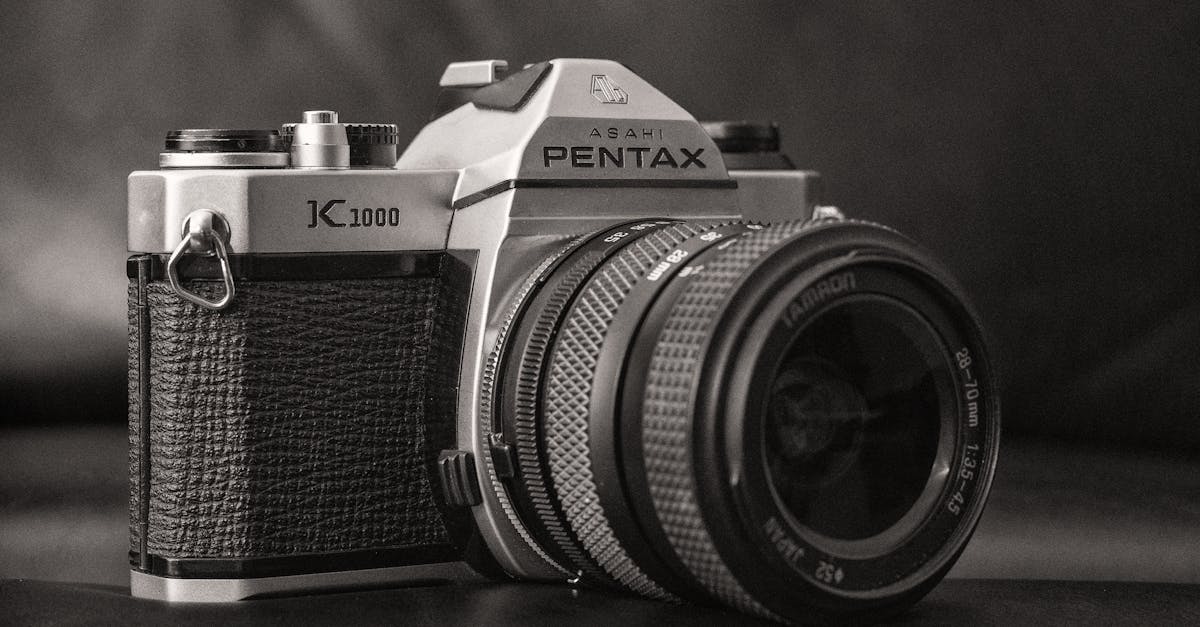The Role of Sonde Cameras in Locating Blockages and Defects in Sewer Lines

Table Of Contents
rehensive training, operators can enhance their ability to locate blockages and defects efficiently, leading to more accurate inspections and effective maintenance of sewer systems.
Developing Proficiency in Operating Sonde Cameras in Sewer Line Inspections
When it comes to developing proficiency in operating sonde cameras for sewer line inspections, hands-on experience plays a critical role. It is imperative for operators to familiarise themselves with the specific features and functions of the sonde camera they are using. Practice sessions on different types of sewer lines can help operators gain dexterity in manoeuvring the camera effectively to locate blockages and defects accurately.
Furthermore, undergoing comprehensive training programs focused on sonde camera operation and interpretation of results is essential for proficiency development. These programs should cover theoretical aspects such as understanding the technology behind sonde cameras, as well as practical components that involve real-life scenarios to enhance skill acquisition. By continuously honing their abilities through practice and ongoing education, operators can elevate their proficiency levels in using sonde cameras for sewer line inspections.
Common Challenges Faced When Using Sonde Cameras
One common challenge faced when using sonde cameras in sewer line inspections is the limited visibility in certain conditions. Factors such as heavy sediment buildup, debris blockages, or sharp bends in the pipes can obstruct the camera's view, making it difficult to accurately locate blockages or defects. This limited visibility can result in incomplete inspections, leading to potential oversight of critical issues within the sewer lines.
Another challenge encountered with sonde cameras is the potential for equipment malfunctions or technical errors during inspections. This can include issues such as camera calibration errors, signal interference disrupting data transmission, or battery failures impacting the overall inspection process. These technical challenges can not only delay the inspection but also hinder the accurate identification of blockages and defects in sewer lines, requiring prompt troubleshooting and resolution to ensure the effectiveness of the inspection procedures.
Overcoming Obstacles When Locating Blockages and Defects in Sewer Lines
Another common obstacle faced when using sonde cameras for sewer line inspections is the presence of complex sewer networks and challenging environmental conditions. In situations where the sewer lines are interconnected or have intricate layouts, it can be difficult to navigate the camera effectively to locate specific blockages or defects. Additionally, factors such as debris buildup, water flow restrictions, or inaccessible areas can hinder the accurate detection of issues within the sewer line network. Mitigating these challenges requires a combination of technical expertise, problem-solving skills, and adaptability in navigating diverse sewer line environments.
Best Practices for Reporting Findings From Sonde Camera InspectionsConsiderations for Choosing the Optimal Camera Head Size and Design for Sewer Inspections
Utilising visual aids such as annotated images or video footage captured during the inspection can significantly enhance the communication of findings to stakeholders. These visual representations help to provide a clear visual reference of the blockages or defects identified in the sewer lines, making it easier for stakeholders to comprehend the extent of the issue. Additionally, including detailed descriptions and recommendations alongside the visuals can further assist in conveying the severity of the problem and the proposed solutions.
FAQS
What is a sonde camera and how does it help in locating blockages and defects in sewer lines?
A sonde camera is a specialized type of camera attached to a flexible rod that can be inserted into sewer lines to provide visual inspection of blockages and defects. It helps by transmitting real-time footage back to the operator, allowing for accurate identification of issues.
What training is required to operate a sonde camera for sewer line inspections?
Operating a sonde camera for sewer line inspections typically requires training on how to handle the equipment, interpret the footage, and accurately locate blockages and defects. Proper training ensures efficient and effective use of the technology.
What are some common challenges faced when using sonde cameras in sewer line inspections?
Common challenges when using sonde cameras include navigating through complex sewer systems, dealing with obstructions that may affect camera movement, and accurately pinpointing the location of blockages and defects. Overcoming these challenges requires skill and experience.Table Of Contents
How can obstacles when locating blockages and defects in sewer lines be overcome with sonde cameras?Environmental Factors Affecting Camera Head Performance
Overcoming obstacles when locating blockages and defects in sewer lines with sonde cameras involves techniques such as adjusting camera angles, using additional tools for assistance, and collaborating with team members to analyze the footage effectively. Problem-solving skills are crucial in addressing such obstacles.
FAQS
Sonde Cameras: A Cost-Effective Solution for Sewer Line Assessment
Key Features to Look for When Choosing Sonde Cameras for Sewer InspectionsWhat are some environmental factors that can affect camera head performance during sewer inspections?
Utilizing Sonde Cameras for Efficient Sewer Line Inspections
Comparison of Sonde Cameras with Other Sewer Inspection EquipmentWhat ergonomic design features should I look for in a camera head for sewer inspections?
Best Practices for Operating Sonde Cameras in Sewer Systems
How does the choice of lighting options affect the effectiveness of a camera head in sewer inspections?